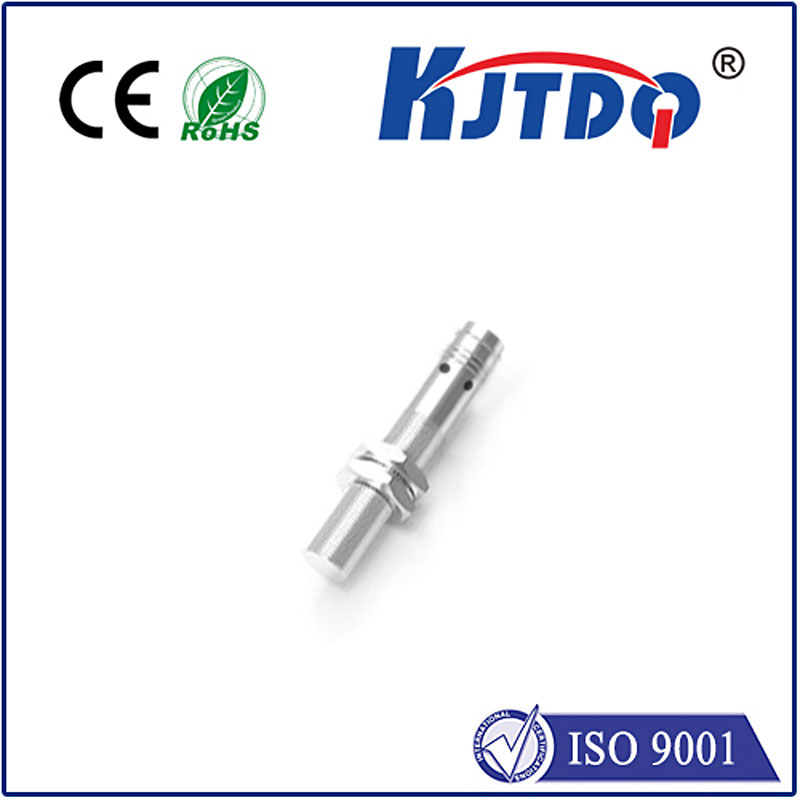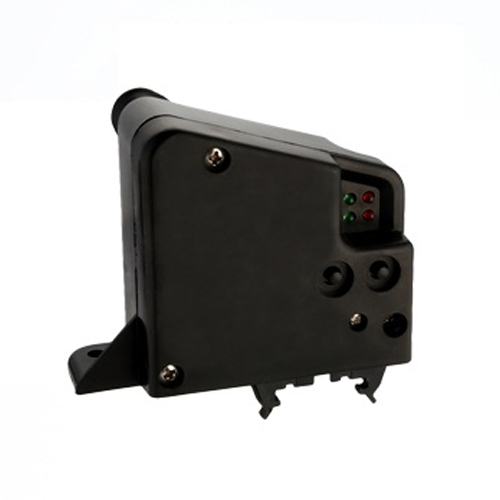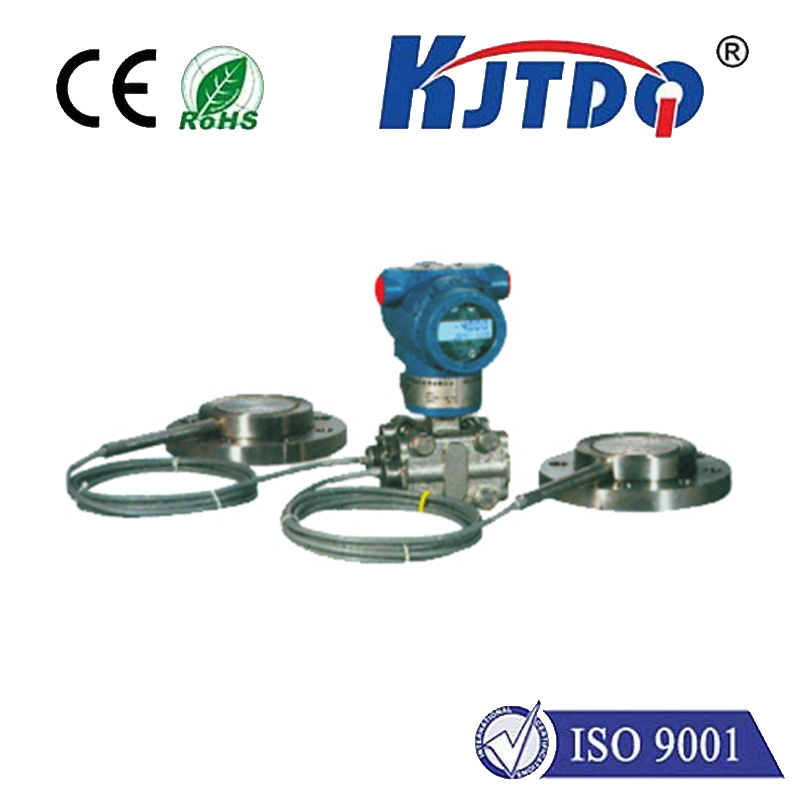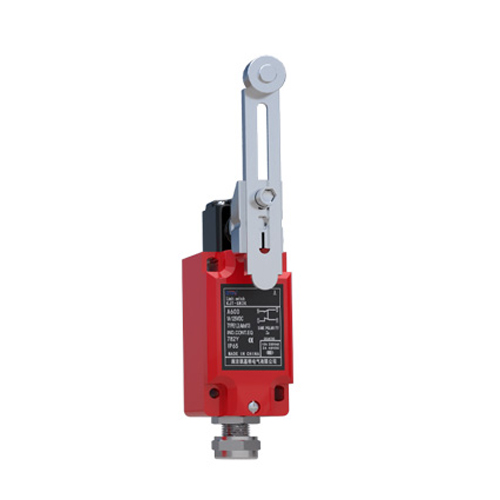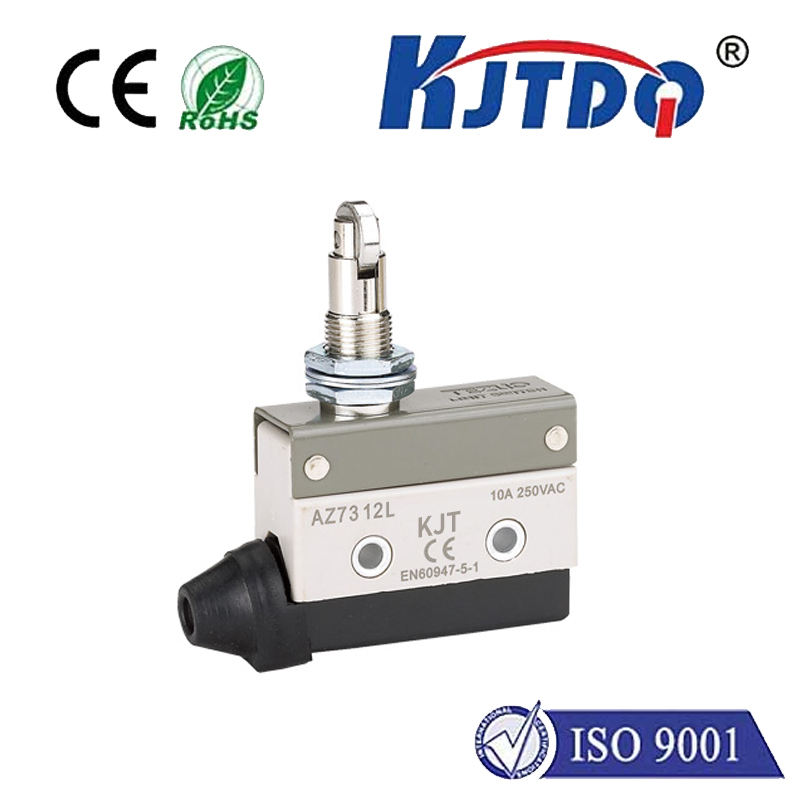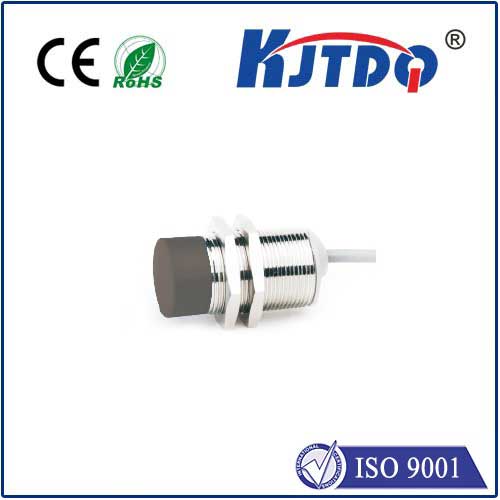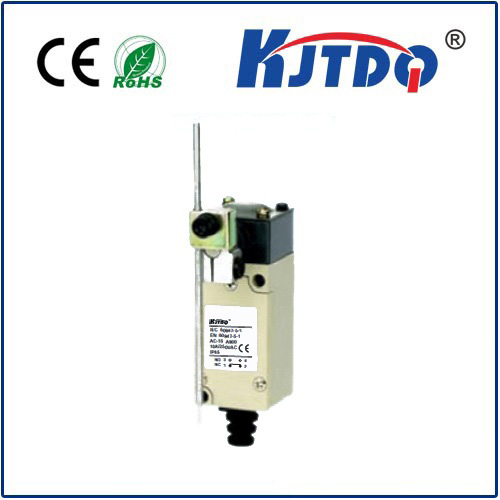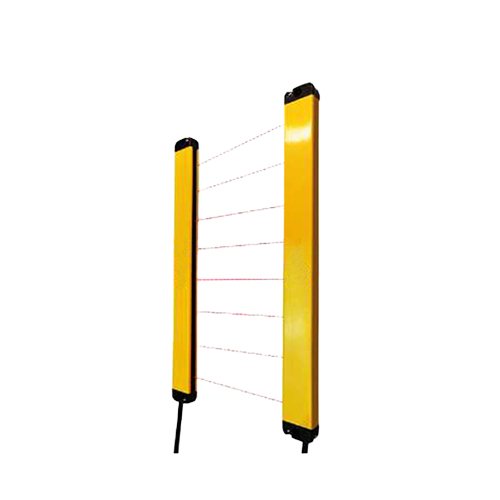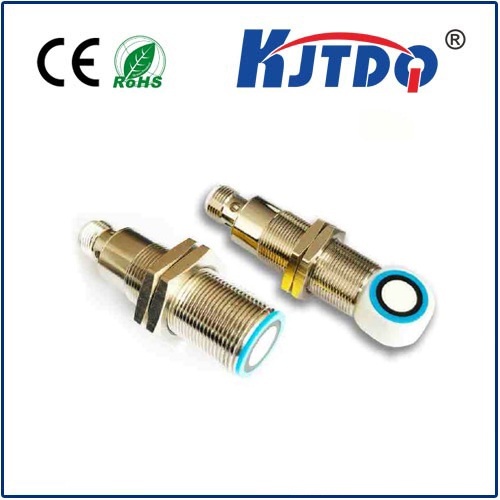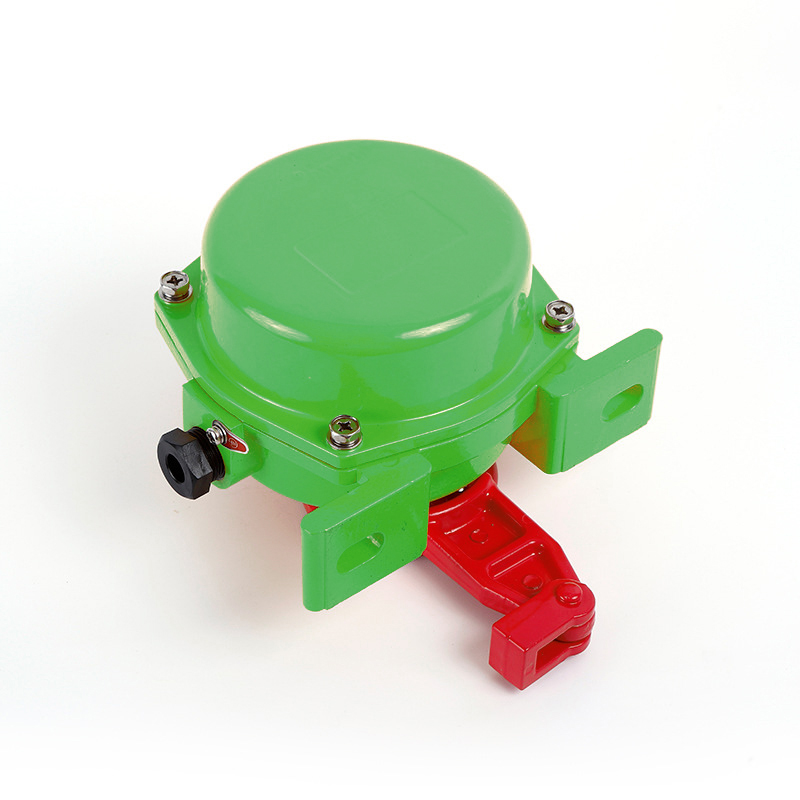

check

check

check

check

check

check

check

check

check

check
Title: Unlocking the Potential of Laser Obstacle Sensors in Unmanned Systems
In recent years, unmanned systems have gained significant attention due to their versatility, efficiency, and cost-effectiveness. These systems have found applications in various industries, including transportation, agriculture, construction, and security. One of the key components that enable these systems to operate autonomously is the laser obstacle sensor (LOS). In this article, we will explore the role of LOS in unmanned systems and its potential to revolutionize these industries.
Introduction
The concept of unmanned systems has been around for decades, but it was not until the development of advanced technologies such as artificial intelligence (AI), machine learning (ML), and computer vision that they began to gain traction. One of the crucial elements that enable these systems to operate effectively is the ability to detect and avoid obstacles. This is where the laser obstacle sensor comes into play.
Laser Obstacle Sensor Technology

A laser obstacle sensor works by emitting a laser beam toward an object or wall in its path. The sensor then receives the return of the laser beam, which allows it to determine the distance, angle, and velocity of the object. By analyzing this data, the sensor can calculate the trajectory of the object and alert the system to potential threats.
advantages of using a laser obstacle sensor over other types of sensors are numerous. For example, they do not suffer from occlusion by light or fog, making them ideal for use in harsh environments such as rain or snow. They also do not require maintenance, meaning they can be used continuously without any downtime.
Applications of Laser Obstacle Sensors in Unmanned Systems
There are numerous applications for laser obstacle sensors in unmanned systems, including:
1. Self-driving cars: Laser obstacle sensors are essential for self-driving cars as they help them navigate through complex environments such as crowded cities or highways with heavy traffic. By detecting and avoiding obstacles, self-driving cars can ensure safe and efficient transport.
2. Drones: Drones are increasingly being used for delivery services, surveillance, and mapping purposes. Laser obstacle sensors can help drones avoid collisions with obstacles such as buildings or trees, ensuring that they can complete their missions safely and effectively.
3. Construction equipment: Laser obstacle sensors can be used on construction equipment such as bulldozers and excavators to detect and avoid obstacles during operation. This can help prevent accidents and damage to property.
4. Security cameras: Laser obstacle sensors can be integrated into security cameras to detect and alert operators to potential threats such as burglars or intruders. By providing real-time information about movement and potential hazards, these sensors can improve overall security measures.
Conclusion
The use of laser obstacle sensors in unmanned systems has tremendous potential to transform various industries by improving safety, efficiency, and cost-effectiveness. As technology continues to advance, it is likely that we will see even more innovative applications of these sensors in the future. Whether it's self-driving cars, drones, construction equipment, or security systems, laser obstacle sensors are playing a vital role in enabling these systems to operate autonomously and with minimal human intervention.
